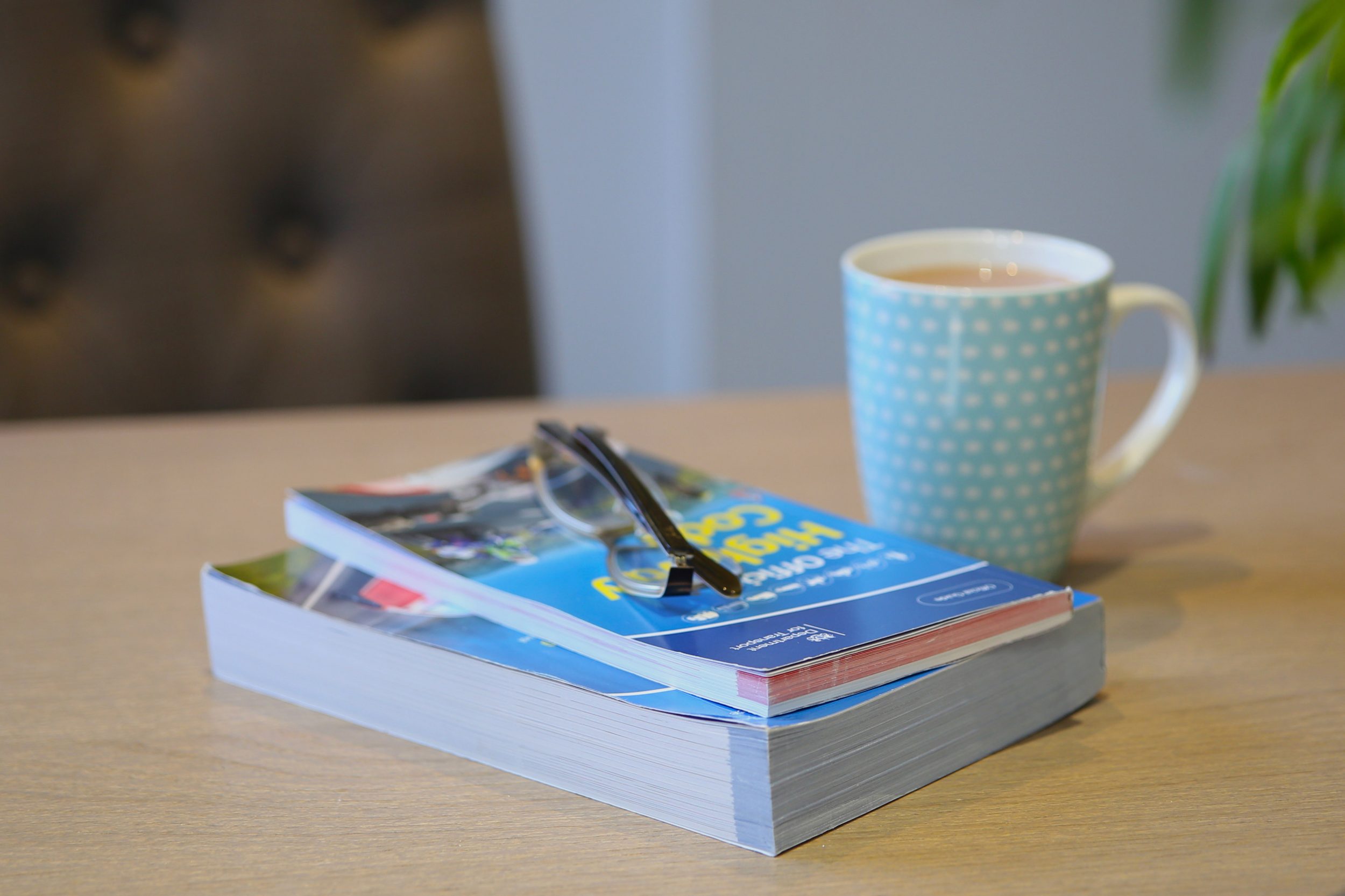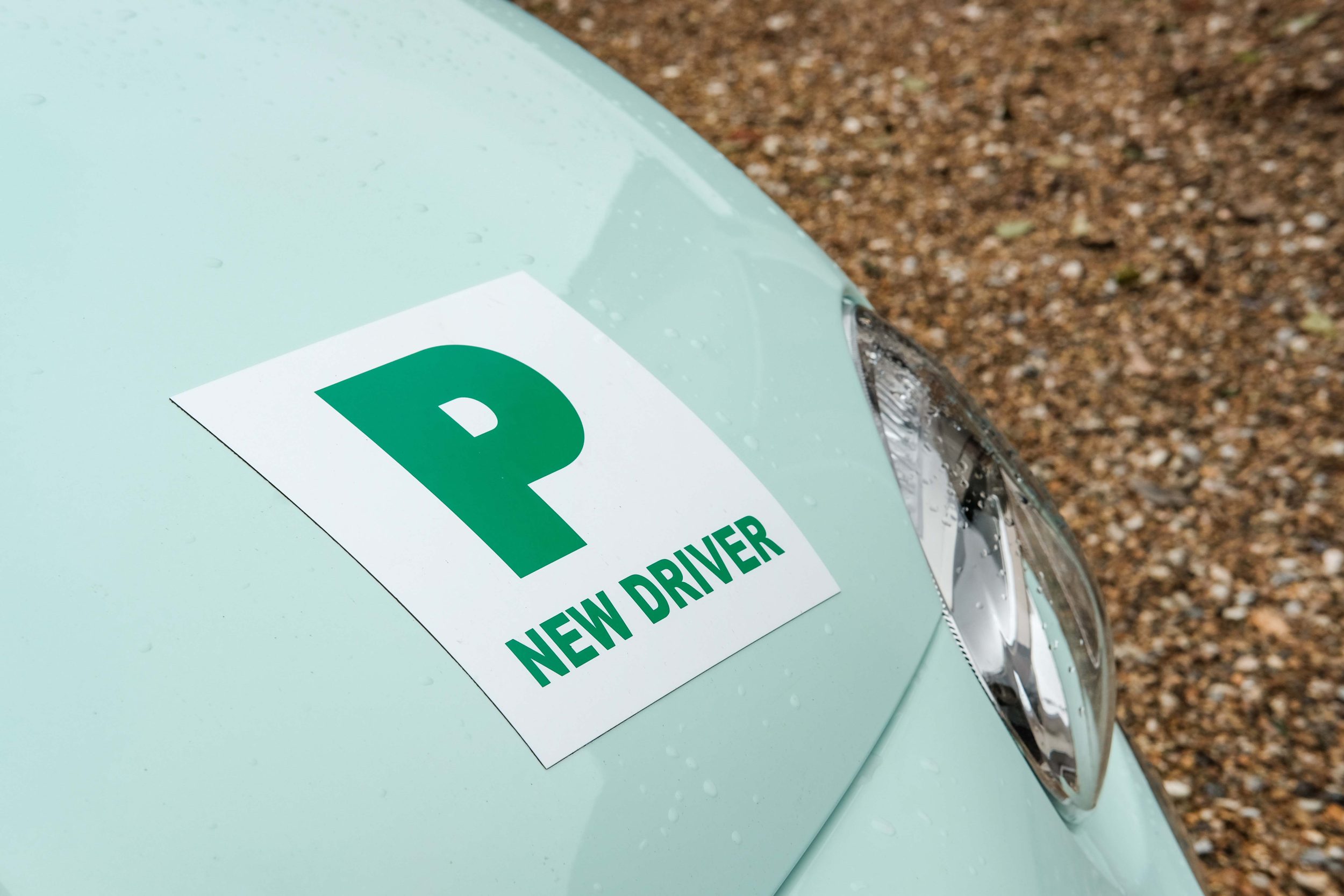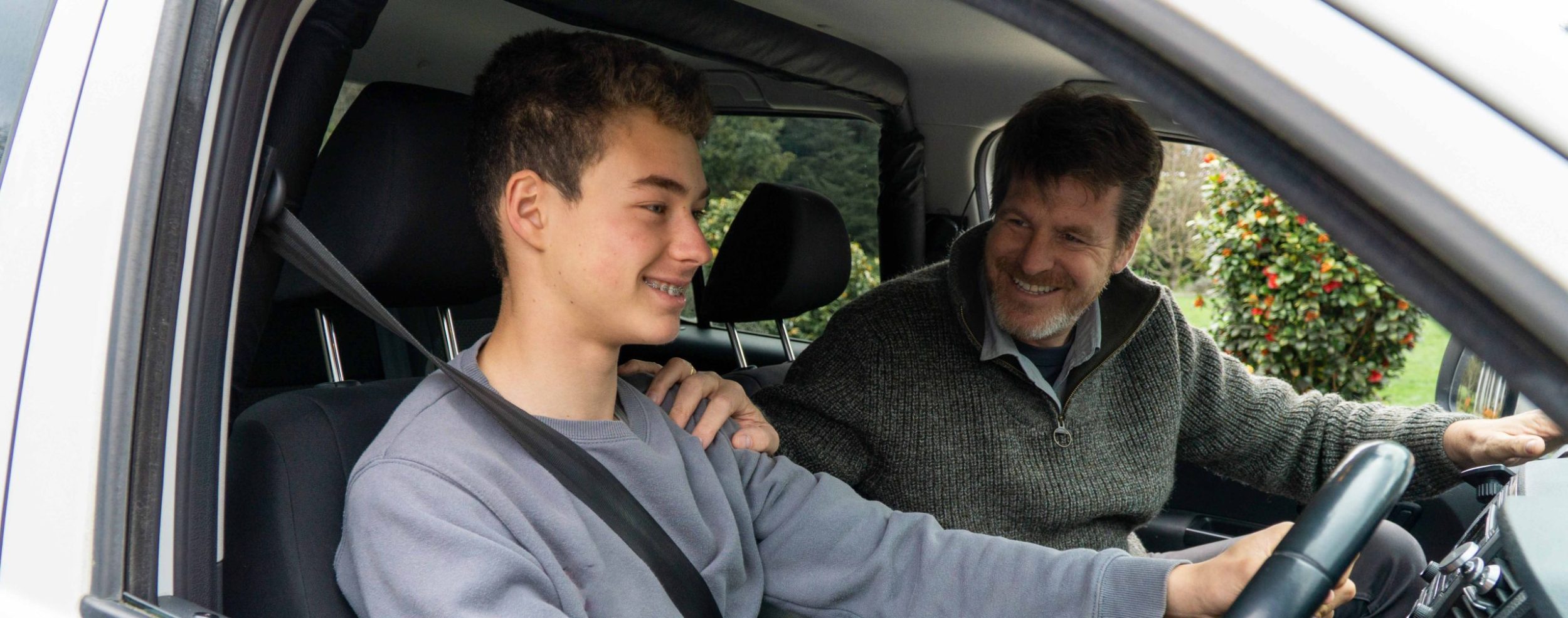Passing your driving theory test is the first step towards getting your full driving licence. It can be a stressful process, but ensuring you’re properly prepared for the theory test is the best way to give yourself the confidence to pass first time.
In this guide, we’ll go through what you can expect from the UK driving theory test, the pass mark for the driving theory test and our expert tips to help you on your way to passing your test.
What is the driving theory test and what to expect?
The driving theory test was introduced in 1996 to replace questions about the Highway Code that were asked during the practical test. It was designed to ensure all learner drivers fully understand the rules of the road, and have the correct knowledge needed to stay safe on the roads.
The theory test is run by the Driving and Vehicle Standards Agency (DVLA) and is made up of two parts.
- Multiple-choice questions: you will be asked to answer 50 questions relating to the Highway Code, traffic signs and other essential driving knowledge.
- Hazard perception: you will be shown 14 video clips which show realistic driving scenarios and scenes. Each clip features at least one hazard. You must identify the hazards by clicking when you see them.
The theory test takes around 1 hour 30 minutes to complete, including an optional 15 minute practice session and a short break between the first and second part of the test.
Recent updates to the driving theory test
From 2026, there will be new information that learner drivers will need to learn in order to pass the test. Theory tests will include new questions about CPR and defibrillators to boost cardiac arrest survival.
The questions will build on existing first aid content that has been part of required driver knowledge for years. This introduction aims to address the UK’s low cardiac arrest survival rates by making sure more people know how to respond in emergencies. The new questions on the theory test will include:
- Enhanced cardiopulmonary resuscitation (CPR) content
- Information around automated external defibrillators (AEDs)
What is the pass mark for the driving theory test?
To successfully pass the driving theory test, you need to get the following scores in each section.
- Multiple-choice questions: you must get at least 43 questions correct out of 50 to pass this section.
- Hazard perception: you must identify at least 44 out of 75 hazards correctly to pass this section.
If you fail either part of the test, you’ll need to retake both parts again, so it’s really important to make sure you’re revising for both the questions and the hazard perception.
You can practice the driving theory test before you take it. You should be aiming to consistently score above these pass marks in both parts of the test before you book your real test. You can find your nearest test centre to book your test via the official driving theory test booking service.
Top tips for passing your driving theory test
The key to passing the driving theory test is preparation. Ensuring you are thorough with your revision, consistently practice the test before booking the real thing, and getting support from your driving instructor will put you in the best position possible for passing your test. We’ve broken down our top tips for passing your test below.
Revise
With around 1,000 possible questions that can come up on the driving theory test, revision is really important. With only 50 questions on each test, every one is unique so comparing your friend’s test to your upcoming test wont help. The DVSA splits questions into 14 categories, so it’s best to focus learning a bit from each category.
“It’s vital to have a solid understanding of the sorts of questions that could be asked from the 14 official question categories set by the DVSA. The only way to do that is to put in the time and effort to revise!” says Emma Bagnall, Head of Digital at Driving Test Success.
“Based on the millions of learners we’ve helped to prepare for the test, we suggest that candidates should successfully complete at least 5 mock tests, with 5 minutes to spare, before thinking of taking the official test.”
You should think of your theory test preparation like revising for an exam. Consistent practice of the test questions and hazard perception is far more effective than cramming the night before the test.
Get help from your driving instructor
Your driving instructor won’t just help you with the practical element of your driving test, but can also help you with the theory side. They are a great source of knowledge and can really help you when you are revising.
As the questions and hazard perception is directly transferable to real life situations, you will often find your instructor incorporating elements of the theory test into your lessons.
John Lendrum from Lendrum’s Driving School said “Our top tip to passing the theory test is not to go out and spend loads of money on books, as this is not necessary. If you’re having driving lessons, ask your instructor to help you with certain topics (i.e. signs and hazard perception) as this is easily included in your lessons”.
For more information on how your driving instructor can help you with your test, take a look at our top questions to ask your driving instructor.
Avoid cramming in revision
Trying to cram in and memorise everything the night before your test won’t work. Instead, you should make sure you’re studying as far in advance as possible to give you longer to understand and take things in.
“Don’t cram; set short periods of time to study so you’re prepared. Remember, fail to prepare, prepare to fail. The theory test needs studying for; however, many just take a chance and then fail which is a waste of money which could have been put towards another driving lesson.” says John Lendrum.
Take a mock test
Mock tests are one of the best tools for passing a theory test. They replicate real test conditions and let you see whether you’re scoring above the pass mark for the driving theory test.
You should keep practising mock tests until you’re passing them regularly and comfortably withing the time limit.
The Driving Test Success 4-in-1 app has mock tests you can practice for both the multiple-choice questions and hazard perception. The app even has a leaderboard where you can play against your friends, compare scores, and see who comes out on top!
Leave plenty of time to try to relax
The last thing you want to do is to be late for your theory test. It’s wise to leave plenty of time to get to the test centre to save you rushing, as stress and nerves can affect your concentration and performance.
Whether you’re on time or late, you might still be nervous before your test which is completely natural. We’ve put together some top tips on how to relax before you take your test:
- Breathing: there are lots of breathing techniques and exercises that can be useful to help your nerves. Taking simple deep breaths in and out can help to relax you.
- Be positive: go in there with a positive attitude. You should have the mindset that if you try your best, that’s the best you can do. If you pass, then great. If you don’t then you always have the chance to take the test again.
- Don’t tell everyone when your test is: if you feel pressure, then it’s a good idea to avoid telling everyone when your theory test is going to be. This will take the pressure off and help you to relax a bit.
Use your practice time and flag questions
Before your test starts, you will get 15 minutes to familiarise yourself with the screen and the layout of the questions. You should use this time to get comfortable and if anything isn’t working correctly make sure you tell someone.
During your test, you’re likely to come across some questions that you’re unsure of. Instead of panicking or just guessing the answers, you should flag them and continue with the rest of your questions. This allows you to come back to your flagged questions and answer them before the test time runs out.
Resources for your driving theory test
There are lots of resources available that are designed to support learner drivers in practising and revising for the theory test. We’ve put together a list of some of the most effective options.
Driving Test Success
Driving Test Success is a very popular learning platform for learner drivers. They have been Apple’s top paid iPhone app for 7 years running and have a free pass guarantee. Using the app, you can sit unlimited mock tests, be guided through revision with their Learner Plan, practice interactive hazard perception video clips and access the latest edition of the Highway Code.
“Everyone has a preferred way of learning, but the important element is that the revision material must be licenced by the DVSA and it has to cover everything that a candidate might face on the day.” says Emma Bagnall.
The Highway Code
The Highway Code is a great resource for the driving theory test. Produced by the Department for Transport and the DVSA, the Highway Code contains the rules of the road as well as other resources, such as road signs. The website is regularly updated so you can be sure you’re looking at the latest rules. You can also download a pdf of the Highway Code or use their app for revision on the go.
Private practice
As the elements in the driving theory test are directly transferrable to real life driving, it can be helpful to get out in the car and practice your driving to experience the questions or hazards in real life. Becoming familiar with road signs can be much easier once you see them in real life scenarios, and experiencing hazards on the roads in real time can help with the hazard perception element of your theory test. If you haven’t started driving lessons yet or want to have some time to practice around your lessons, you can get out on the road in a friend or family member’s car with short-term learner driver insurance.
Develop as a leaner driver with Dayinsure
If you’re looking to develop your knowledge and skills as a driver, Dayinsure has you covered. With our flexible learner driver insurance, you can get extra time on the road around your lessons in a friend or family member’s car.
With cover available from 1 day to 5 months, you can pay for cover only when you need it and develop as a learner driver at a time that suits you. Find out more about our short-term learner driver insurance and get a quote today.



